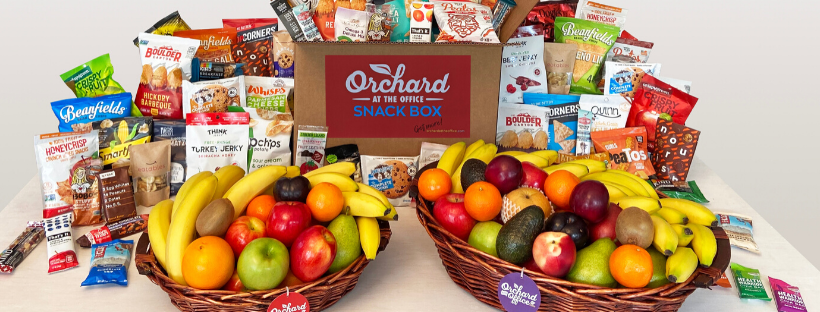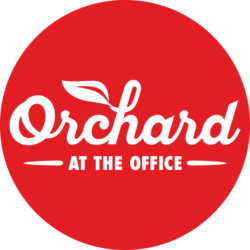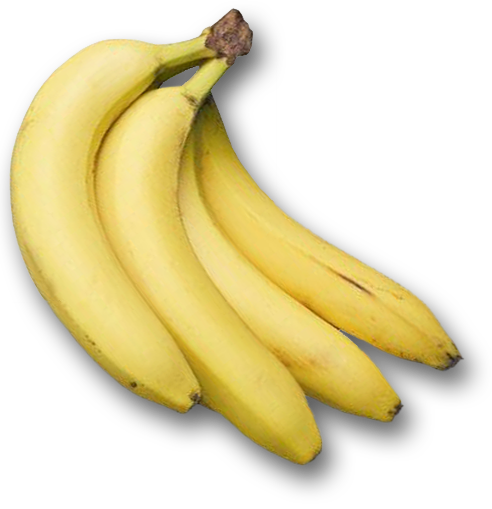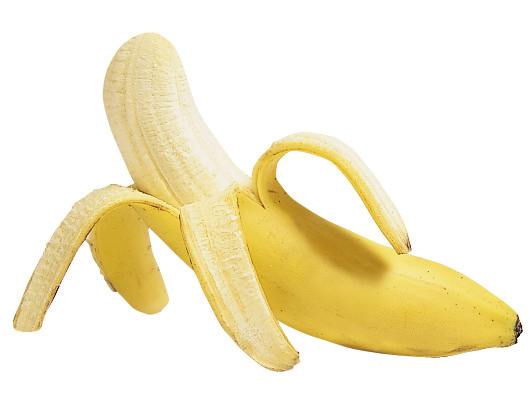Good for bones, muscle, and blood vessels, it’s our friend L-ascorbic acid! An important antioxidant, vitamin C helps the body absorb iron and form collagen. It’s a key component in wellness…and as it can be naturally found in fruits and vegetables, it comes in some tasty packages!
How much vitamin C is enough?
The U.S. RDA (recommended daily allowance) of vitamin C is 90 milligrams for men, and 75 for women. It is possible to take too much vitamin C and get kidney stones or nausea, but this only comes from ingesting 2,000 milligrams or more a day. So, how do you get your daily dose of vitamin C? All kinds of ways!
One vitamin from many fruits.
The fruit that produces the greatest source of vitamin C is the kakadu plum, with 3,100 mg of vitamin C is one 100 gram serving! (Generally speaking, 1 medium-sized banana or plum is about 100 grams.) However, we’re looking for something a little less extreme than that. The most well-known sources of vitamin C are the citrus fruits. Oranges, lemons, and limes contain 50, 40, and 30 milligrams of vitamin C, respectively. However, the kiwi fruit contains 90 milligrams – a full day’s dosage! Also ranking highly are the papaya (60 mg/100g), the strawberry (60mg/100g), and cantaloupe (40mg/100g).
Fruits with lower vitamin C content, but just as packed with nutrition, are the plum (10mg/100g), banana (9mg/100g), peach (7mg/100g), and apple (6mg/100g). Remember, in the world of nutrition, every little bit helps!
Vitamin C tips.
Here are some handy things to remember in order to get your daily dose of vitamin C:
- Don’t try to get it all from one source. Eating plenty of fruits and vegetables during the day will get you the amount you need.
- Cooking can reduce the amount of vitamin C, but refrigeration doesn’t. So if you’ve cut up that fruit salad, you can have it the next day and you’ll get the same health benefits.
- Mix it up! Have an apple on Wednesday; go bananas on Friday. Keeping variety in your diet is good for your health and imagination!
Vitamin C: proof that nutrition can taste great!







